Let’s cover the basics
Third-party tools for ecommerce sites are applications created by external companies that can either be coded into your website or used by a team member as a management tool. They’re used to fix a problem that would otherwise require a considerable amount of time to set up or manage, so first and foremost using them will increase efficiency overall.
Some additional benefits include:
- Reducing the ongoing requirement of tech. Instead, third-party applications can allow product teams to take more control of their outcomes and ultimately make a more significant impact on the company’s bottom line.
- An easy-to-use user interface that allows a less technically-minded worker to operate technical aspects of the site.
- A more cost-efficient way to fix a problem because it requires a smaller amount of dev resource (if any) to implement it onto the site, and then very little to no technical input after that.
Just a quick look at the various integrations your CMS has will give you an indication of the industry’s sheer size.
Now let’s take a closer look at the common types.
One-click payment solutions
A one-click payment solution will save your regular customers the hassle of entering their card details every time they look to purchase something from you. It essentially means the card is saved on file and can be used without additional authentication whenever a user chooses to “pay” for a purchase on the website.
Previous research has shown that approximately 12% of users drop out the sales funnel at checkout point due to usability issues and 12% of people dropped out because the checkout required too much information. One-click payments counteract that, and significantly improve the sales drop-out rate for an ecommerce platform, as it simplifies the payment process considerably. These solutions also result in a shorter shopping time, encouraging users to use your services more frequently.
Creating a bespoke one-click payment solution with your developers may be possible but in most cases would require a massive level of resources from multiple departments to ensure sensitive details are saved securely. Additionally, a home-grown payment solution without a history of providing safe and secure payments can lead to trust issues between your site and users.
Instead, using a third-party platform with a record of security would ensure the trust levels are maintained, while avoiding racking up the resource bill of all the legal and development time required to make a bespoke payment solution. And there are a growing number of one-click payment solutions currently on the market to be used. For example, if your website presently works off of WooCommerce or Salesforce Commerce Cloud, you may have noticed Fast.co appear a few times in the integrations.
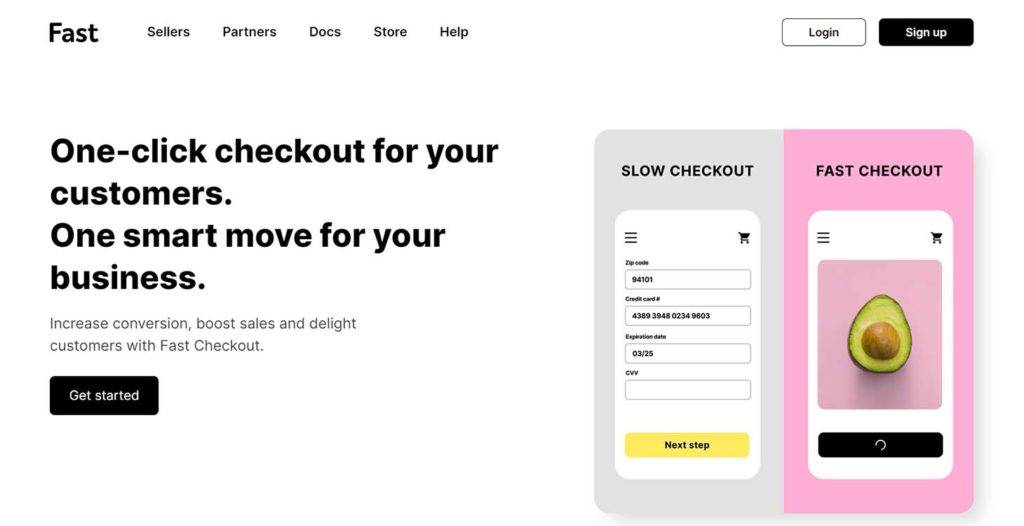
This tool can improve conversion rates by up to 174% and can be set up very quickly if you use one of the ecommerce platforms mentioned above or their custom API integration.
Similarly, Shop App saves and encrypts user’s payment details and helps them make quick, repeat purchases on their favourite ecommerce platforms. Users can then view their purchases in the Shop App.
With this payment solution there’s an added environmental benefit too as Shop plant trees every time someone checks out with Shop Pay, bolstering your green credentials as a brand.
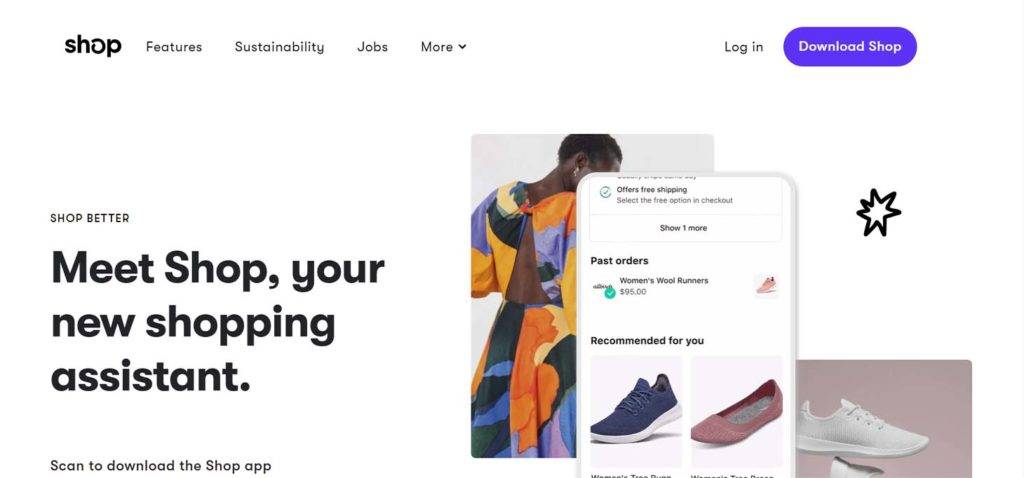
Multi Payment options
A lot of users enjoy aspirational shopping, meaning they don’t have the funds to make the actual payment. This results in a more significant percentage of users dropping out of the sales funnel for economic reasons.
Previously, users would have to pay using a credit card or accept a payment solution with hefty fees attached, but now there’s a growing number of payment solutions that allow users to pay off a purchase over an agreed period without being penalised for splitting out their payments. Allowing users to do this can considerably help your sales, particularly on larger purchases.
Klarna is the most commonly used example of that; they take on a line of credit and, while the ecommerce platform is paid at the point of sale, issue payment requests over an agreed period of time to pay it off. Being without interest means users aren’t charged anything else to make the purchase, and is almost as simple as a one-click payment solution (but includes a credit check).

Reviews
There are loads of studies that highlight the benefits of reviews on your bottom line. For example, Reevoo, a third-party review platform, found that 50 or more reviews resulted in a 4.6% increase in conversion rate for the product and that reviews produce a sales uplift of 18%. Similarly, another piece of research found 63% of customers are more likely make a purchase if the site has user reviews included.
If reviews are managed well, they provide a greater level of confidence in the product and encourage repeat purchases from users who experience a similar or better service than what’s included. This is particularly important for first time purchasers, who will often read up before moving on to buy.
Creating a review platform from scratch however can be time-consuming, and requires a tremendous level of marketing to implement and sustain. You first have to encourage users to leave reviews, then you need plenty of resources to ensure the correct set up and ongoing management.
By using a third-party review platform, product or site reviews left on this are immediately viewable on the site. Additionally, much of the promotion can be completed by the third-party application so requires much less effort in collating them from your part. One of the most common ones to use is Bazaar Voice who provide on-page elements to showcase recent or popular reviews, and provide after-sales support to encourage more of them.
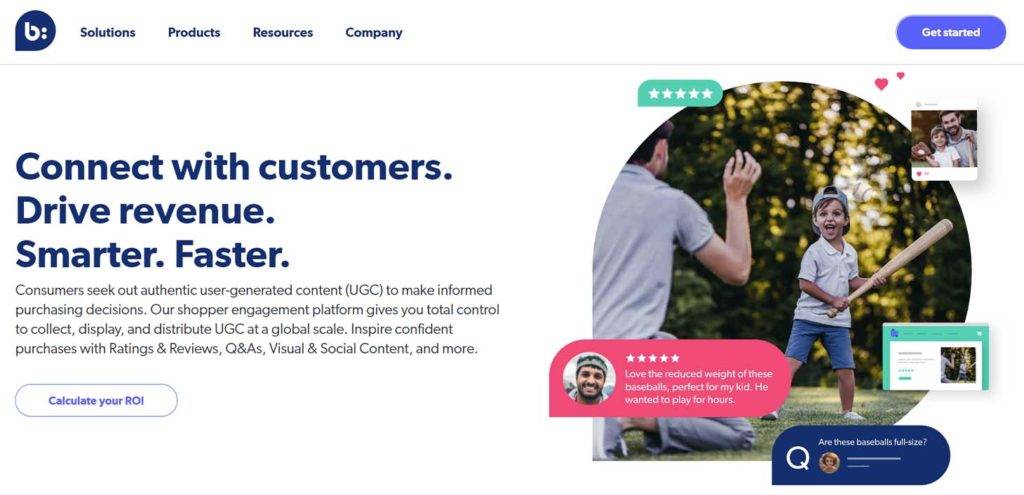
Dynamic rendering
Dynamic rendering is the word of the year in SEO.
It allows sites to take greater control over what content is being served to different user agents, such as stripping out any additional widgets that are just there for the user and other crawling agents don’t need to see. While it most certainly has to be approached carefully to avoid issues such as cloaking, the impact can result in significant improvements for a site’s organic performance.
The issue is that implementing dynamic rendering requires high amounts of dev resources unless you use a third-party software.
The most frequently used, and one that Google recommends itself, is prerender.io.
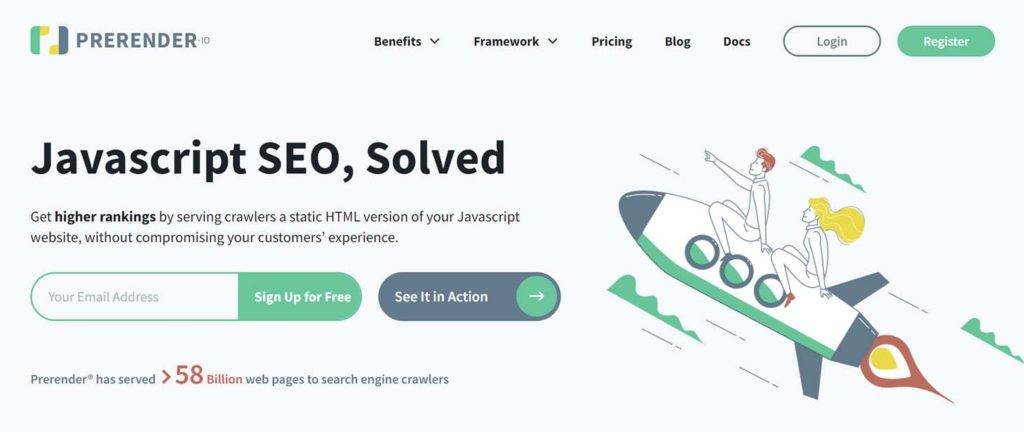
Prerender.io caches the rendered page and saves it in their server as an HTML file. When a crawler requests a page, a request will be made to the Prerender servers which return the cached version, avoiding any required JavaScript or CSS files.
N.B. Using third-party software like Prerender.io should be accompanied by a significant amount of testing first, to ensure the solution is successfully implemented.
Local management
Companies with brick and mortar shops and an ecommerce platform must manage their local listings across Apple Maps, Google Maps as well as other local citations to ensure all the local information is correct, in particular name, address, and phone number (often referred to using the NAP acronym).
Managing these can be a huge task, as it requires multiple logins to multiple management systems and can often take hours to make one single change across all citations.
Many local management systems have a central control system that allows companies to easily manage their local listings and citations from one location to ensure everything is kept up to date.
There are several third-party local management systems that assist with this. For example, Brightlocal regularly checks a list of citation sites to see whether the NAP details are correct. They mainly focus on providing citation support and centralised support for the primary local listings (Google Maps, Apple Maps).
In addition, they provide citation building support, facilitating an extensive list of local listing sites that don’t include a listing for your sites.
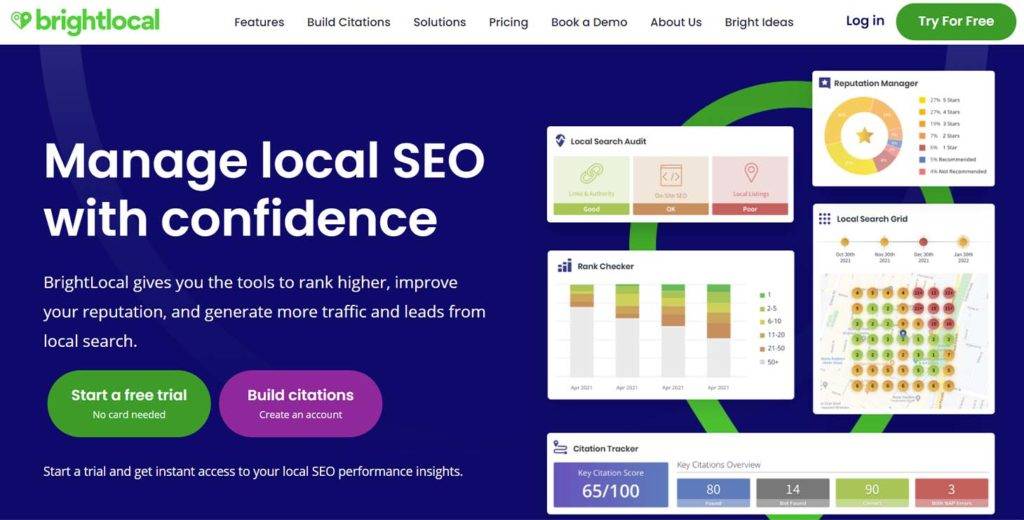
Similarly, Yext acts as a local management system that allows you to make immediate changes to your listings across 200+ citations to ensure they all include the correct NAP data.
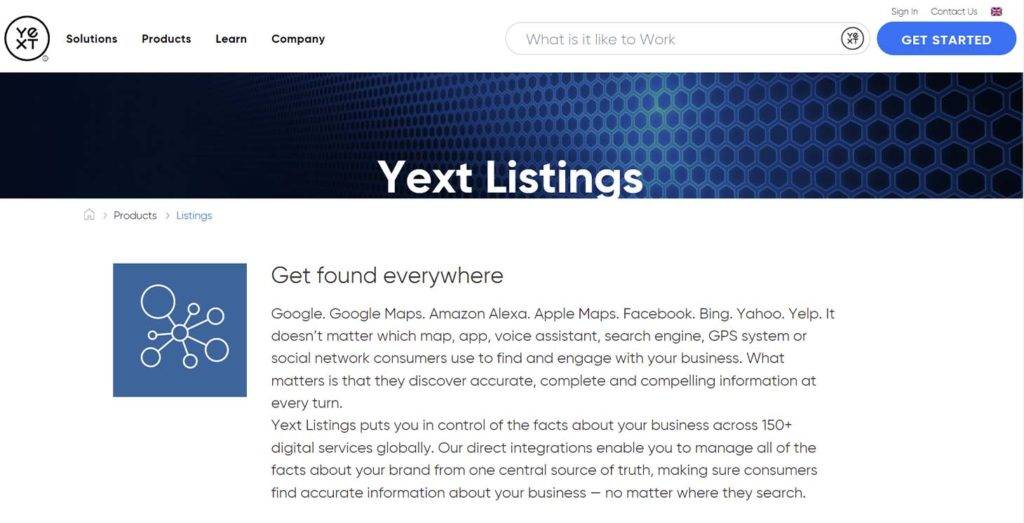
Geo IP application
It’s always crucial that an ecommerce platform provides the user with the correct information. For example, if a UK user lands on a page and finds dollar signs on all the prices, they may be turned off from purchasing and they may assume they’re in for a hefty delivery fee. Therefore, multi-national ecommerce platforms must provide content relevant to the country in which the user is based.
This can be a complicated process to set up manually though, as it requires research into the IP locations, an understanding of servers, specialist dev support, and a significant resource to write the code.
Instead, multi-national businesses can use a GeoIP redirect application. This redirects users to the country associated with their server based on their location, and are provided on most ecommerce platforms such as Shopify and SFCC, each with a number of different options.
When using these applications, it’s really important to exclude Googlebots (Google have now provided a list of all the IP addresses they use) from the GeoIP redirection and ensure Googlebot can access (and index) your non-US sites.
There are many third-party applications that offer these services. For example, ipstack is built to be an affordable and easy-to-use GeoIP application. They provide up to 500,000 requests for less than $50 and even offer a basic plan that allows you to make up to 100 requests per month so you can take your time and get used to how it works before diving into a paid version.
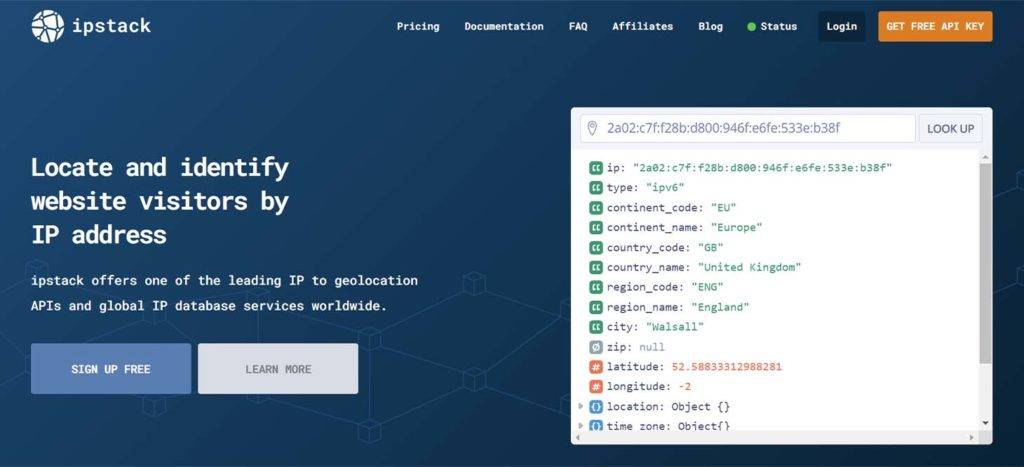
Conclusion
There are plenty of third-party ecommerce applications, and the ones mentioned above are just a good snapshot to get you started. Many of these can directly result in improved sales, and ultimately the bottom-line.
The next step is to start implementing them, which is often done in one of three different ways:
- If you use one of the major ecommerce platforms, it will be just a simple integration of the tool onto your website.
- If you use a more bespoke site, it may require some initial dev work to get you started – although resource will still be significantly lower compared to having to implement the feature manually.
- If the site uses Google tag manager or something similar, you may be able to implement directly through that, avoiding any requirement of dev resource at all.
Once these are live on your site, ensure you monitor performance and really test the tool out so you know you’re getting the full value out of it. If you see any negative consequences, it’s worth revisiting the value this application brings, and maybe even reassessing.
If you want to know more about how to implement a third-party application without harming your site’s performance, you can always get in touch and chat things through with one of our specialists.
